Types of Verbs
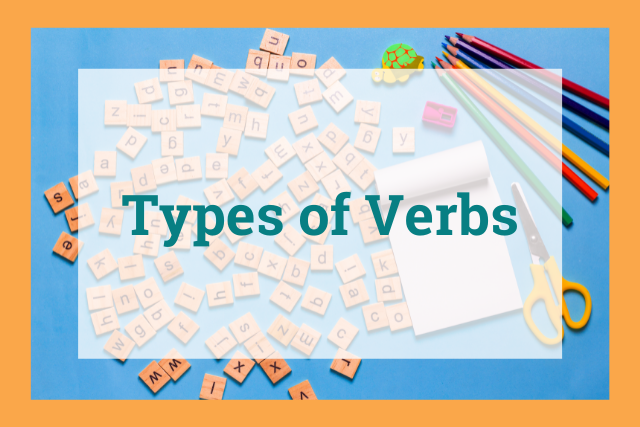
There are many different types of verbs in English. Verbs are one of the main parts of speech because they are the words that allow nouns to do things.
Today we're covering everything you need to know about the different types of verbs.
Action Verbs
An action verb is a word that tells us what a noun or pronoun is doing in a sentence. When you think of the word "verb," you probably think of an action verb like run, jump, swim, or play.
We can break action verbs into two other large categories: transitive verbs and intransitive verbs.
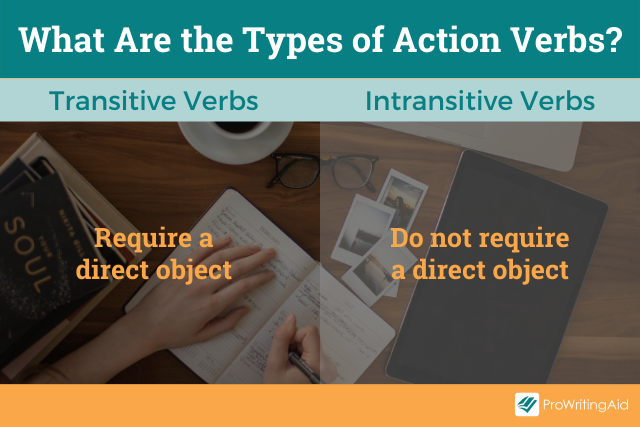
Transitive Verbs
A transitive verb is a type of action verb that requires a direct object after it. A direct object is a noun or pronoun that receives the action of the verb.
Here are some examples of transitive verbs. The direct object is highlighted.
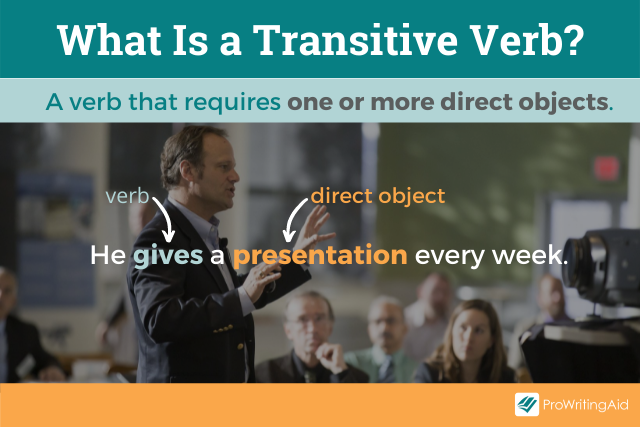
- give: He gives a presentation tomorrow.
- borrow: Can I borrow it?
- tease: My sister always teases us.
- buy: I always buy vegetables at the farmer's market.
The direct object is the "what" of the transitive verb.
Intransitive Verbs
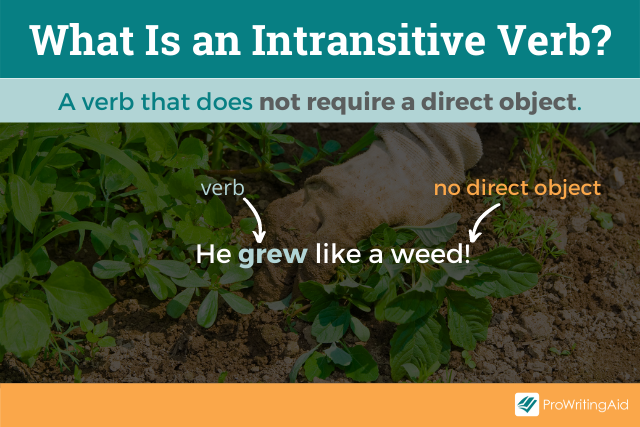
An intransitive verb, on the other hand, does not require an object to make sense. These action verbs make sense without a noun to receive the action. Let's look at some examples. The intransitive verb is highlighted within the examples.
- grow: He grew like a weed!
- walk: Please walk slowly.
- sing: She sings beautifully.
- cry: The baby cried.
Sometimes, an action verb might be both an intransitive verb and a transitive verb. It depends on the context. If the verb requires an object for the sentence to make sense, then it is functioning as a transitive verb.
- Transitive verb: I play the guitar.
- Intransitive verb: I play after school.
If you aren't sure whether a verb is functioning as transitive or intransitive, look for a direct object that is receiving the action.
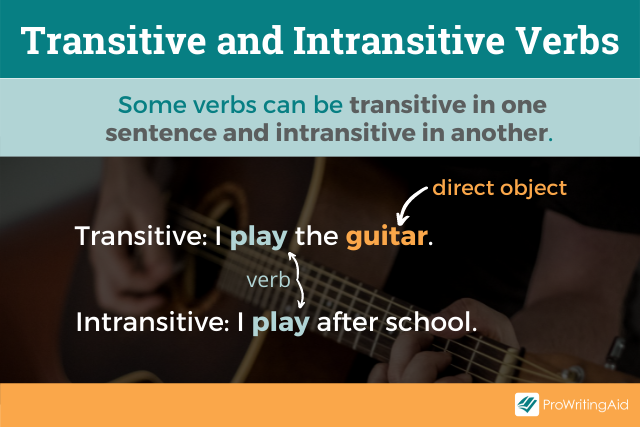
Non-Action Verbs
The other broad category of verbs are non-action verbs. There are differences between linking verbs, auxiliary verbs, and modal verbs, although some people group auxiliary verbs and linking verbs together. Today, we're going to talk about each of them separately.
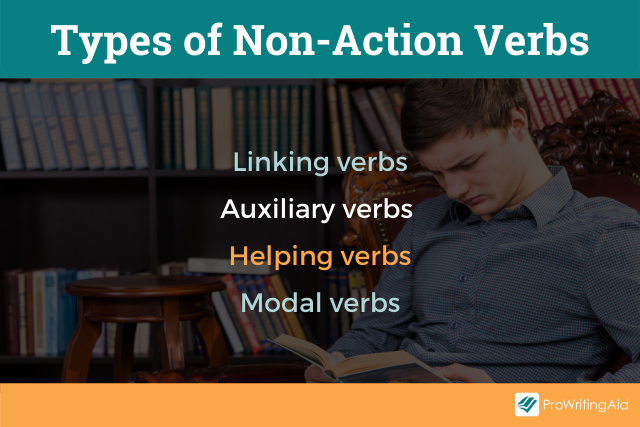
Linking Verbs
A linking verb is a type of verb that "links" the subject of a sentence to the rest of the sentence without showing action.
Linking verbs connect the subject to a subject complement, which are words, usually other nouns or adjectives, that give more information about the subject.
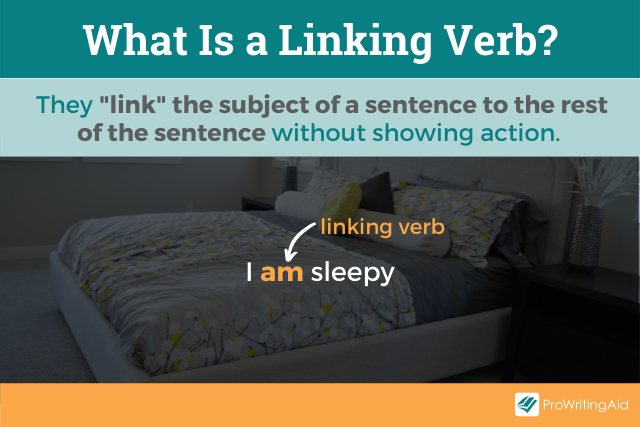
The verb "be" is the most common linking verb. The conjugated forms of "be" are: am, is, are, was, were, being, been. Here's what these linking verbs look like in sentences:
- I am sleepy.
- We are best friends.
- You are an amazing cook!
Sometimes a verb might function as a linking verb in a certain situation, even if it functions like an action verb in other contexts. Check out these examples:
- That suit looks expensive.
- He appears trustworthy.
Auxiliary Verbs
Auxiliary verbs are sometimes called helping verbs. An auxiliary verb "helps" a main verb by changing the mood or tense. Some helping verbs include be, have, do, can, will.

You'll notice that the verb "be" is both an auxiliary verb and a linking verb! When it's attached to another verb, "be" acts as an auxiliary verb.
Let's look at some examples of auxiliary verbs in action.
- She is running a marathon tomorrow.
- We have visited California before.
- I am feeling tired.
Modal Verbs
A modal verb is a specific type of auxiliary verb. They express possibility, permission, prediction, ability, and necessity. They have no other conjugated forms. A modal verb always precedes an infinitive.

The primary modal verbs in the English language are:
- Can
- Could
- May
- Might
- Must
- Ought (to)
- Shall
- Should
- Will
- Would
Again, you'll notice that we mentioned some of these in our auxiliary verb section. Remember, these are a specific type of auxiliary verb that shows condition.
Here are some examples of modal verbs in sentences:
- We could run away together.
- I may have a new job lined up.
- He should tell her the truth.
- Would you visit Japan?
Regular Verbs
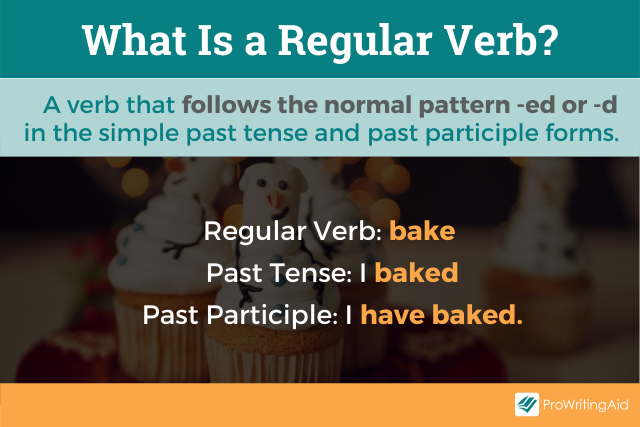
A regular verb is a type of verb that conjugates in the typical pattern. In English, this pattern means the verb stays the same in the present tense, except to add an -s or -es to the third-person singular form.
It also means that the past tense and past participle of the verb is formed by adding -d or -ed.
Slight spelling changes can happen in regular verbs, such as switching a -y to an -i.
Here are a few examples of regular verbs:
- bake: bakes, baked
- dry: dries, dried
- imagine: imagines, imagined
There are many regular verbs in English. These are usually the easiest verbs to learn because they follow a pattern.
Irregular Verbs
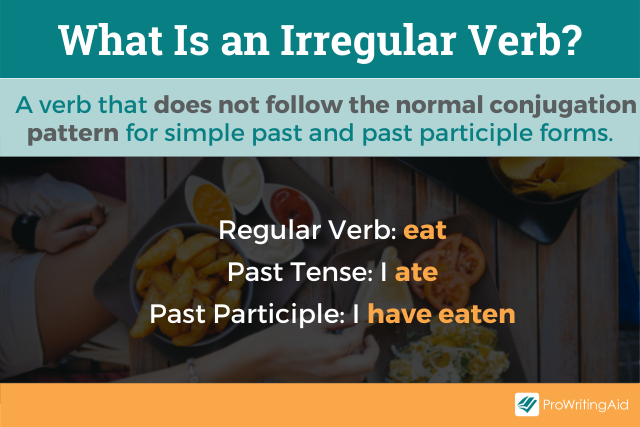
Irregular verbs refer to verbs that do not follow a normal pattern for the simple past tense or past participle. The verb "be" also follows a different pattern for all of the simple present tense forms as well.
Let's look at a few irregular verbs. We've listed the verb, followed by the simple past tense, followed by the past participle form.
- eat: ate, eaten
- go: went, gone
- hold: held, held
- make: made, made
ProWritingAid can ensure that you never mix up the past participle form of an irregular verb with our free grammar checker.

Other Types of Verbs
There are several other types of verbs. Let's take a look at some more.
Infinitives
An infinitive is identical to the base form of a verb, and we often put "to" in front. However, this special type of verb doesn't actually work like a verb!
Infinitives form infinitive phrases, which function as nouns, adjectives, or adverbs.
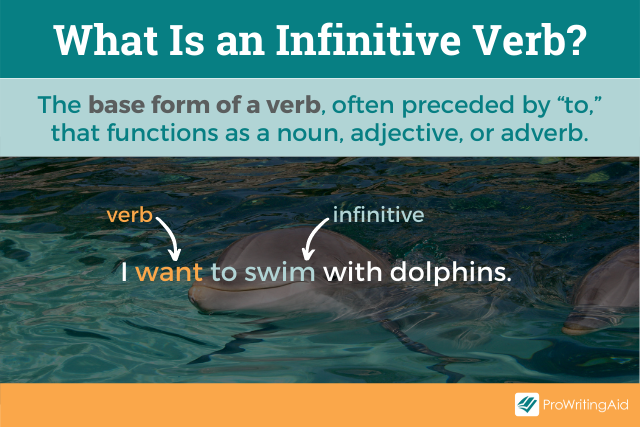
Take the sentence, "I want to read _a book." The verb is actually _want. To read is an infinitive that is acting like a noun. It answers the "what" of the verb.
Phrasal Verbs
Phrasal verbs are verbs that combine with a preposition or adverb to change the meaning. One example of a phrasal verb is "take in." It means to understand. It doesn't mean what the base form "take" means.
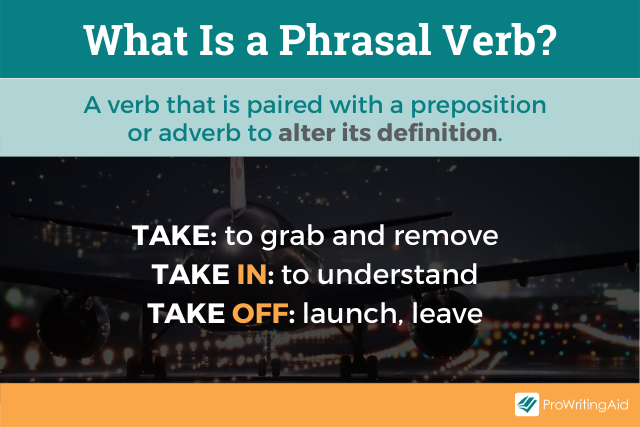
Another example of a phrasal verb is "go on." By adding the preposition "on," we change the definition to mean "continue or proceed."
Stative Verbs vs. Dynamic Verbs
Stative verbs are verbs that describe a state of being rather than a changeable action. Action verbs are dynamic verbs, which means the action is not a state of existence.
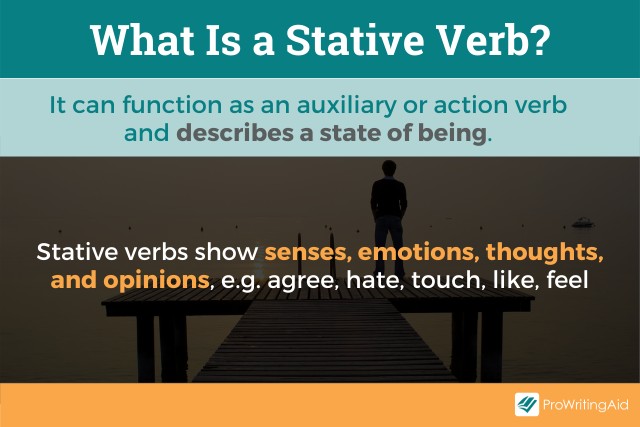
A stative verb might function like an action verb or like an auxiliary verb. They show senses, emotions, thoughts, possession, and state or quality. Here are some examples of stative verbs in sentences.
- I love you.
- He smells smoke.
- We believe there is good in the world.
- She belongs to me.
- It weighs three pounds.
Sometimes stative verbs might be dynamic verbs in certain contexts.
- Dynamic: I weigh the chicken.
- Stative: The chicken weighs five pounds.
How Many Types of Verbs Are There?
So, how many verbs are there in English? Well, it depends on who you ask.
Some people say there are three major types: action, auxiliary, and linking verbs. Others break verbs into even smaller categories! Plus, there are regular and irregular verbs, and modal verbs don't fit in either of those groups.
What matters is using the different types of verbs correctly. We hope this guide has given you a greater understanding of the types of verbs in English.